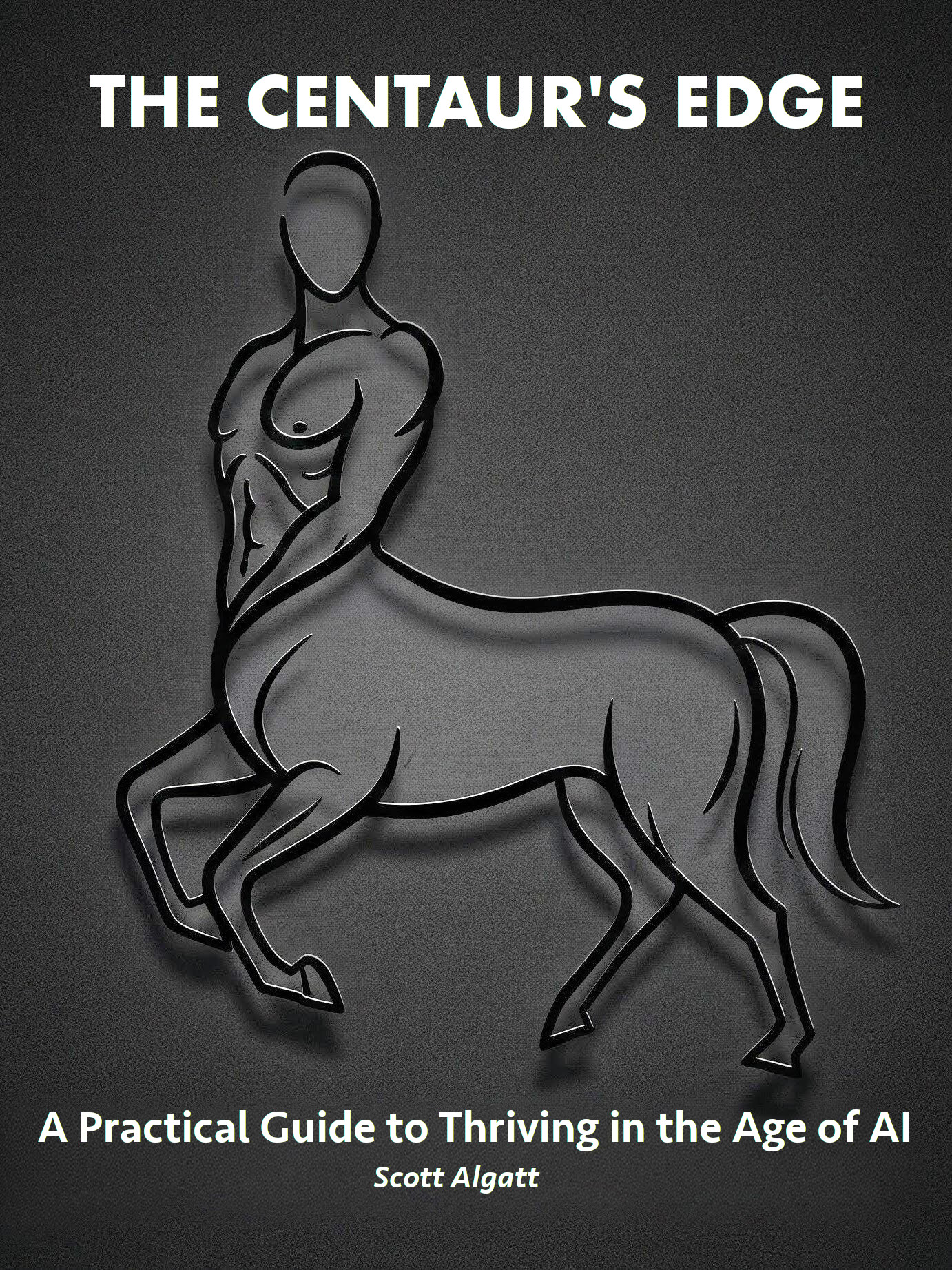
Understanding the Implications of Open-Sourcing AI Models
Understanding the Implications of Open-Sourcing AI Models Note: This analysis is based on public releases of open-source AI models (Meta’s Llama 2/3, Mistral AI, Stability AI, xAI’s Grok), research from AI governance organizations, and documented licensing frameworks. The landscape evolves rapidly - verify licensing terms and model capabilities from official sources. The open-sourcing of large language models and diffusion models represents a fundamental shift in AI development. Meta’s Llama 2 release (July 2023), Mistral’s series of open models, and subsequent releases have sparked debate about innovation velocity, safety considerations, and competitive dynamics. According to research from Stanford’s HAI, open-source models have enabled thousands of derivative applications while raising concerns about misuse potential and intellectual property frameworks. ...



